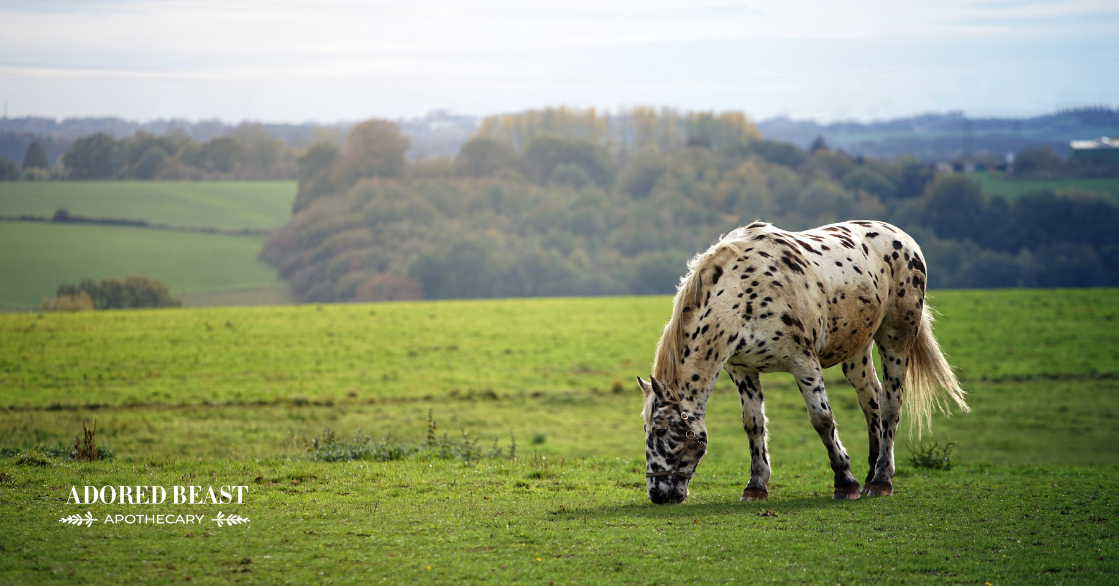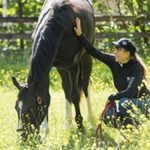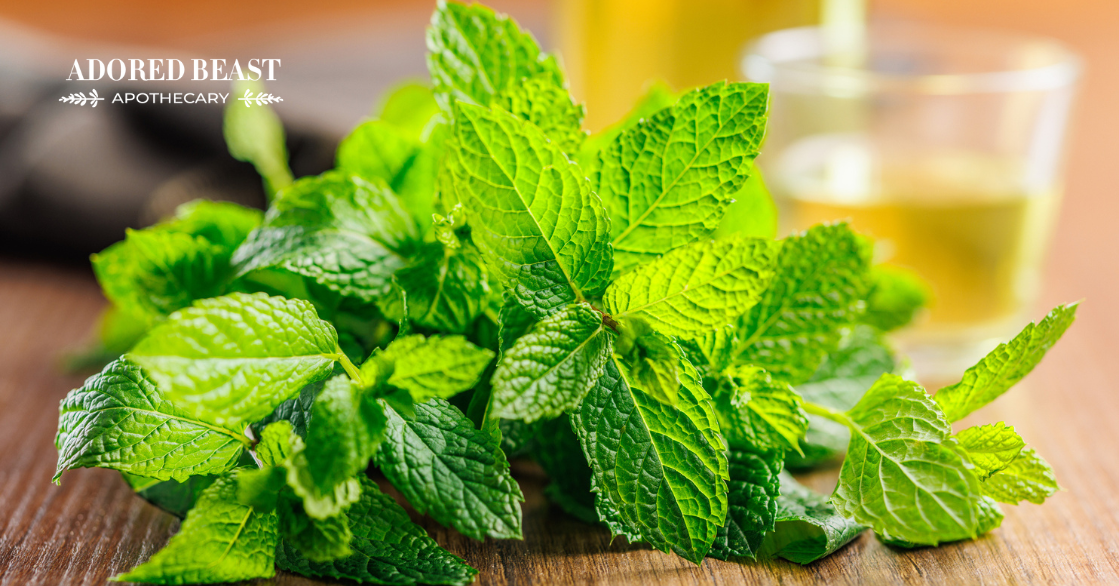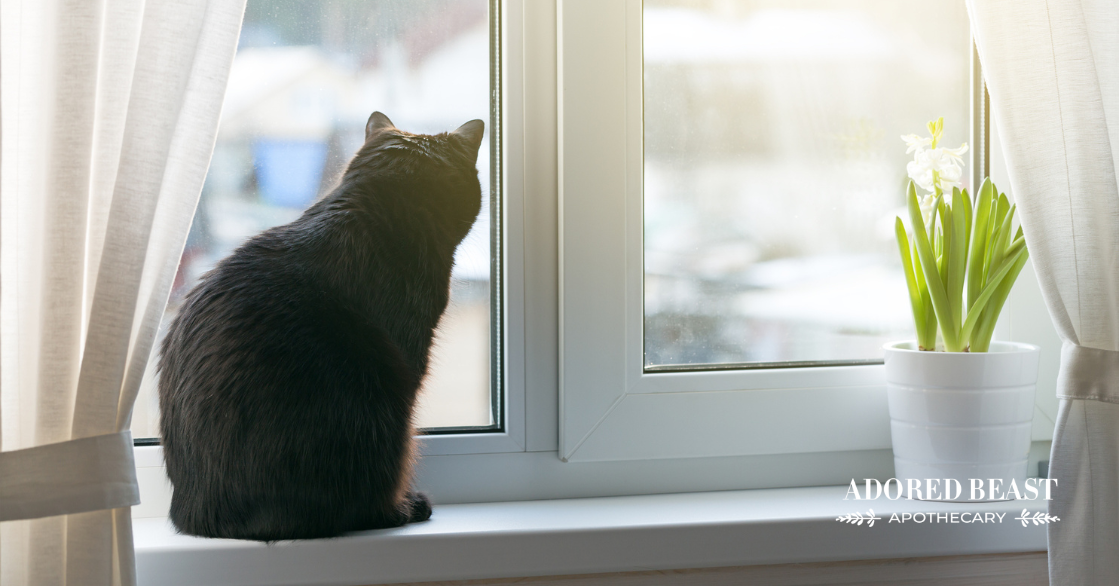Horse nutrition is a complex subject that can be scary to navigate. Many fear that they are going to “do it wrong” if they try to feed their horse with natural forage alone. Unfortunately, this often leads people to opt for the “easy way” out with processed feed that claims to be complete and balanced.
In the conventional view of horse nutrition, the nutritional requirements of horses can be met by any means possible instead of in a species-appropriate way. This allows the feed industry to use ingredients that are far from appropriate for horses, yet when the nutritional analysis comes back, everything appears to be balanced and complete for the horse. Have no doubt, this is a great illusion and spans the entire livestock and companion animals feed industries.
What are Horses Supposed to Eat?
Horses are foragers, and, specifically, they are hind-gut fermenters. This means that they have the ability to digest and ferment extremely fibrous plant matter and obtain nutrients from it in a way that omnivores and carnivores can only dream of. This is where the concept of species-appropriate nutrition begins.
Horses are also extremely sensitive to sugar and starch, which contribute to a number of common chronic illnesses we see in the modern horse: insulin resistance, Cushing’s disease, laminitis, gastric ulcers, colic, and chronic inflammatory disease. Foods that balance sugar in an ancestral equine diet are fibre, protein, and fat. And, horses require a huge amount of fibre in order to regulate their blood sugar correctly. They also need a low-starch diet in conjunction with this fibre.
So how do you truly achieve a healthy diet that will support your horse for their lifetime? That’s where things can seem confusing, but it’s really easier than you think!
What is Forage?
Forage, in equine terms, are the naturally-occurring plants that horses seek out as the mainstay of their diet – primarily grasses. In modern terms, this means hay and pasture. This is why hay quality is so important. Analyzing your hay regularly is an essential way to ensure that your horse isn’t being overloaded with starch. (To learn more about how to do this, read my blog Know Your Hay.)
The major issue with hay farming and pasture management today is that grass variety is limited. This can cause hay to be unbalanced as a primary source of food. The most balanced diets, as we know for ourselves, come from eating a wide variety of foods to obtain all the nutrients we need. When horses only have access to one or a few types of grasses, you can run the risk of too much of some nutrients and not enough of others. This is why most people turn to grain and extruded feed stuffs to “complete” the diet.
What is Grain?
Grains, generally used for horses, include oats, barley and corn, wheat, rice, and rye. In their whole form, they can be appropriate for some horses because they are high in fibre and contain specific nutrients that can complete the equine diet. For example, soaked whole oats can provide selenium which can be difficult to get into your horse without supplementation since it is not found in adequate amounts in soil since soil quality has been destroyed by industrial agriculture. Horses with metabolic disease should not be fed grains unless there is a specific reason and there is an analysis for that grain that indicates that it is low in sugar.
What is Feed?
Feed is highly heat-treated extruded foodstuffs that come in pellets or crumbles from your feed store. These are the products that most horse owners use to “balance” their horse’s diet. They often include grain or soy by-products as the bulk of the product, along with added industrially-produced vitamins and minerals. These feeds can be cost-effective but there’s a specific reason for that… the ingredients are questionable.
Highly heat-treated grain by-products digest very quickly and turn into sugar. Grain and soy by-products (eg. grain and soy hulls) are also incomplete foods that do not provide energy or nutrients in their original state. By-products are waste products from the human food industry and should be treated as such, especially with highly heat-treated grains. This is far from a natural diet for horses and could be one of the main culprits in the development of metabolic and inflammatory disease in horses.
Why These Ingredients are a Problem
Horses have a built-in fermentation system within their body that allows them to obtain nutrients from plants in their natural form. This happens largely from aid of the microbiome of the horse’s hind gut which plays a massive role in the formation process. Processed feeds can alter the microbiome (because the food is literally dead and promotes the wrong types of bacterial community). This makes the hindgut much less efficient at its job, leading to nutrient deficiency and disease. A healthy hind gut microbiome is essential for nutrient absorption and insulin regulation in horses so this is another important puzzle piece.
Synthetic vitamins and minerals are not recognized or absorbed by the horse in the same way as they would be from their natural digestive process of fermentation. The nutrient profile of a varied, fermented whole food diet is actually too complex to comprehend, producing endless postbiotic nutrients (including vitamins and metabolic catalysts) that help your horse to thrive.
Bioavailability is a thing. Don’t be fooled by the addition of synthetic nutrients. The form in which these nutrients are added is often low-quality (not in an organic form) which translates as low (absorption rate).
Grain and legume feed by-products are some of the most chemically contaminated food products that exist. Glyphosate (also known as RoundUp) is heavily sprayed on grain crops and has been proven in over 200 peer-reviewed scientific papers to be a metabolic and microbiome disruptor and likely carcinogenic.
Horse Nutrition: Putting It All Together
So what does this all mean in practical terms? Let me start by saying that it’s 100% possible to create a balanced equine diet without the processed feed. And, your horse will be miles ahead by making this simple change. Here’s my checklist for how to approach feeding your horse a balanced whole-food diet in our modern world:
- Be sure to test your hay and know exactly what’s in it – this includes mineral testing to see if there’s anything you might need to add in that department. Often times there are holes in the nutrient profile and you can’t know unless you test.
- Be sure you are including several forage sources – 2-3 is ideal. This can be done through hay and also through forage quality hay cubes. .
- Eliminate conventional extruded feeds. Period.
- Choose high-fibre, non-GMO food additions if you need to add specific nutrients. There are many on the market today and they are well-worth finding. Depending on your horse’s energy requirements, you can choose from a range of high fibre, high fat, or high protein options.
- High fibre (and mineral) option: Non-GMO, molasses-free beet pulp
- Low starch (NSC) Fat Option: Organic coconut fibre
- Protein: Non-GMO/organically grown alfalfa cubes
- Adding other forms of healthy plant nutrition – include a rotation of nutritive herbs to help your horse access a wide range of vitamins and minerals. Certain herbs may be more highly indicated for horses with health problems so consult an holistic equine nutritionist or herbalist to help.
- You may have a mineral and vitamin blood test performed after incorporating the appropriate options listed above to ensure that your horse is getting a balanced diet. Having bloodwork done is the best way to tweak the diet once you’ve incorporated the above whole food feeding methods.
- Check out my video lecture of the top nutrition deficiencies in horses for more info a which foods might be best suited to your horse.
To learn more about turfing the feed and creating a balanced equine diet, also check out my article on Equine Nutrition.
Happy feeding!












